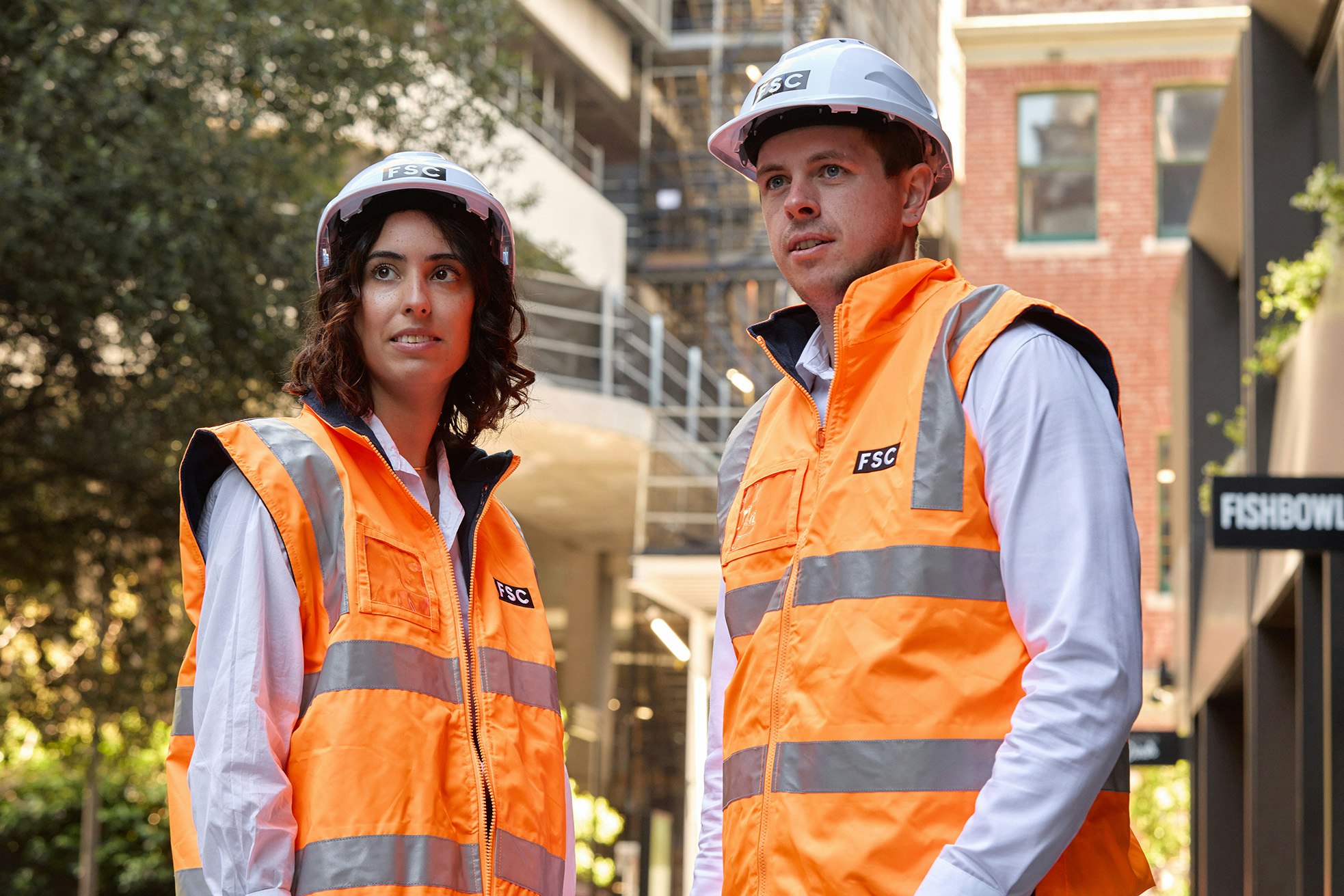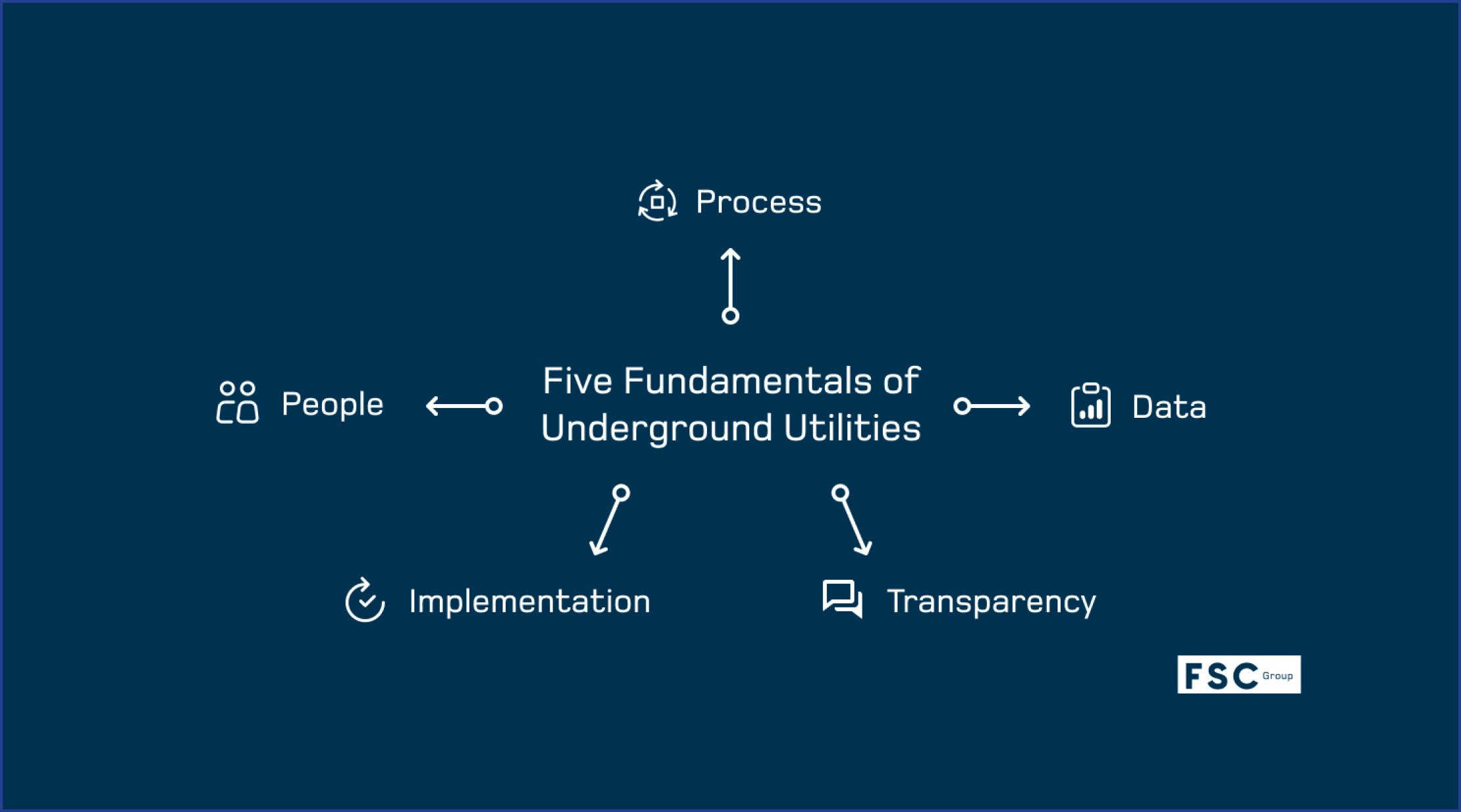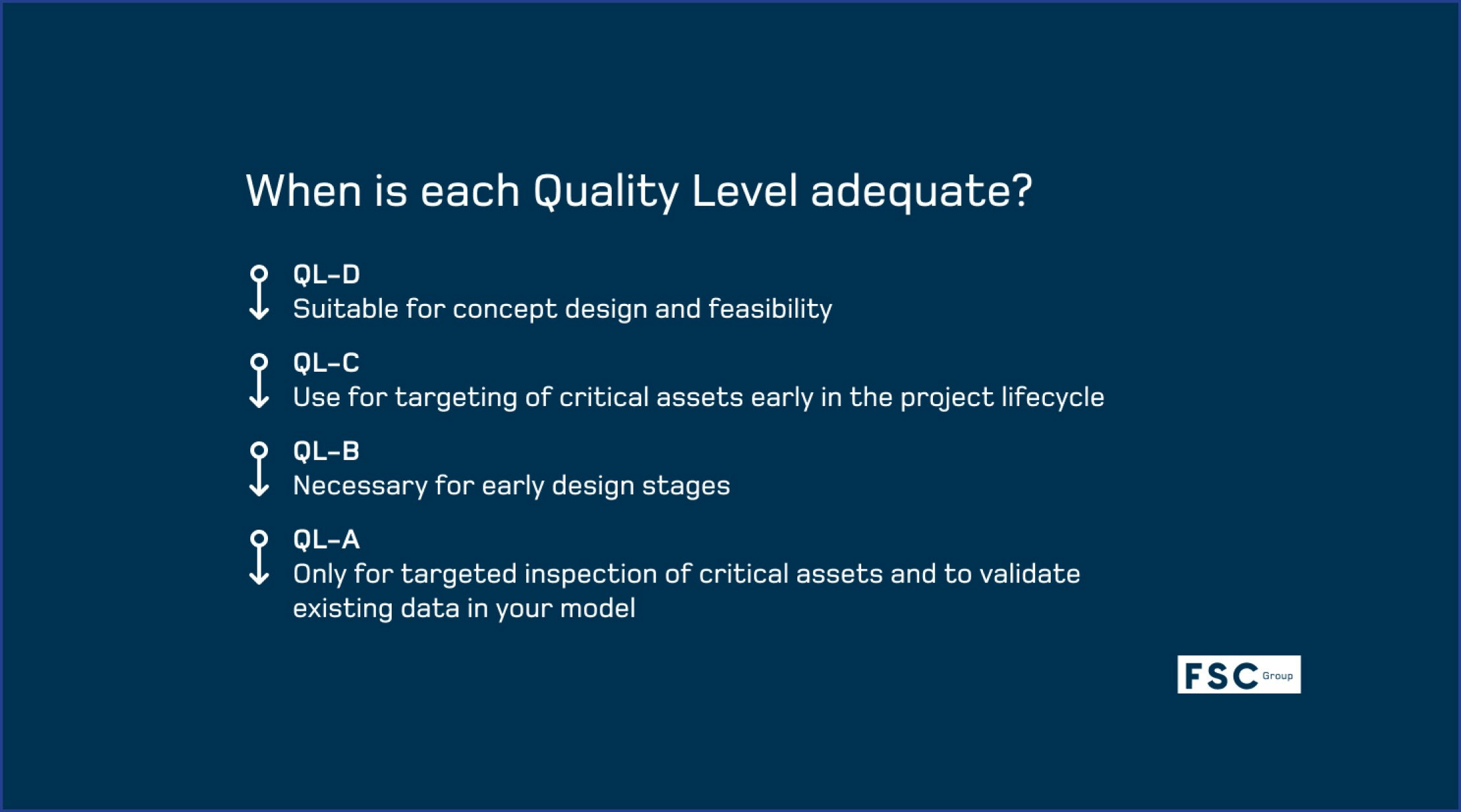All workers, project managers and engineers have a responsibility to understand and manage the risks posed by underground utilities. This is for good reason too, because if damage or accidents occur, workers can be exposed to danger, asset owners suffer disruptions and the community are subjected to inconvenient service interruptions. Additionally, projects are usually financially responsible for repairing damaged assets which can be very expensive.
Each year, more and more assets are installed below ground, increasing the risks for brownfields infrastructure projects. Significant project resources are required to manage the utilities interface, and clients are becoming more involved in how these risks are managed on projects due to the reputational damage.
Implementing a robust process administered by competent people using the right tools is essential for every project. A project that doesn’t take this step risks much bigger cost blowouts and time delays further down the track during the construction phase when the pressure is there for the project to produce tangible results.
Before understanding the fundamentals of underground utilities, it’s important to know exactly why managing risk is important. When undertaking excavation, there’s a lot more at stake than you might think.
Why is managing underground utility risks important?
When it comes to highlighting the importance of underground utility risk management, there’s a few interrelated but key aspects to understand. They are:
- Safety: The safety of workers and the public is crucial, as many buried services can cause significant injury or even loss of life if struck.
- Costs: Costs can ramp up quickly with damage to utilities, redesign costs, legal claims and project delays.
- Disruption: Local communities and businesses suffer when service interruptions occur. Projects also typically suffer disruption as repairs and investigations become the focus.
What seems like a seemingly small assumption or misjudgment on a project could leave you and your company in court. If damage to utilities or property is extensive, or if a utility company or business seeks compensation for loss of service, or in the worst case, if someone is injured or killed, you or your company’s directors can be held criminally liable. Costs from service strikes have also sent companies into administration.
Electrical, gas and telecommunication service strikes can be some of the most costly incidents, with damages extending quickly into millions of dollars.
However, despite all of this by following the fundamentals you can avoid risks to human health and safety, as well as unexpected costs in the overwhelming majority of cases.
The fundamentals of underground utilities
Effectively managing utilities reduces project risk associated with underground utilities. In fact, by avoiding uncertainty and second-guessing where a utility may be located, the benefits far outweigh the costs – often paying for themselves three or four times over.
FSC has five fundamentals for an effective project utility management:














